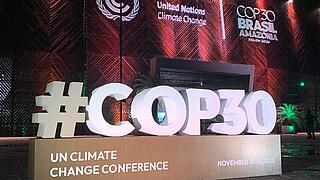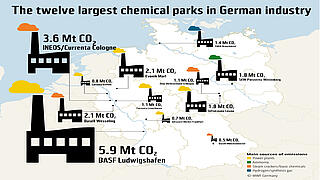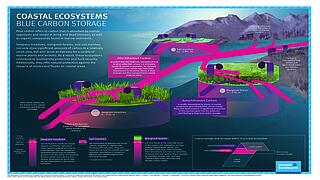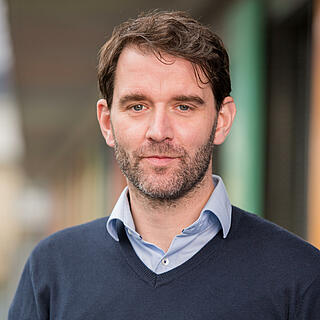The way in which our food is produced, where we buy it and the ingredients it contains have a variety of impacts on the environment and society. Growing, processing, transporting and storing food, together with the preparation of meals and the disposal of waste, accounts for around 15% of the greenhouse gas emissions from personal consumption. If other environmental impacts are factored in, such as the contamination of soil and water by nitrate inputs or the decline in biodiversity caused by the use of pesticides and monocultures, the contribution made by our food to the total environmental and climate impact of personal consumption rises to over 25%. And yet only around a quarter of our farmland is used to grow crops for food; more than half produces fodder for livestock.
The Oeko-Institut advises government bodies, businesses, local authorities and associations on how to achieve more sustainability in relation to food. Consumers can also obtain advice on how to plan healthier, more sustainable meals. In addition, the Oeko-Institut researchers conduct lifecycle analyses of food products and product portfolios and monitor and evaluate new technologies. Alongside the impacts on humans and animals, the climate and the environment, the social dimension also plays a part.













